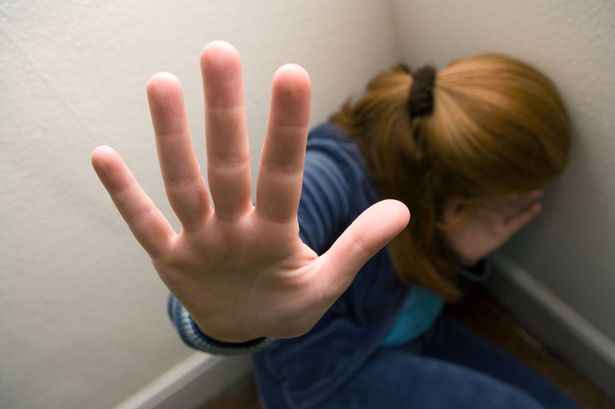
[dropcap]R[/dropcap]ape. It’s a tiny word that contains so much emotion, violence, destruction and devastation. It means, by it’s dictionary definition; to plunder, to strip bare of resources, to sexually assault.
There is no question of where the responsibility for rape lies. The rapist is to blame.
Societally we know this, and yet, many stand as the sideline judges, to muse on this subject: Was her skirt too short? Did she lead him on? Why didn’t she stop him, or scream? Was she drunk? How many sexual partners has she had?
Some believe the blame must be shared. That the person who plunders another, strips them bare of their resources, infiltrates the depth of their psyche, leaves them with a life of trauma, is only partly responsible, the rest of that blame should sit with the person whom they have sought to destroy.
In Ireland, and globally, reports of rape get nowhere close to the incidence of rape, or sexual assault. According to the Rape Crisis Network National Statistics 2015, fewer than 32% of survivors reported the sexual violence to the Gardaí. (RCCI)
Rape is not what happens when consenting adults have sex. In fact rape is rarely about sex or sexual gratification, rape is a crime of power, not passion. There is also the inaccurate idea that rape is about sexual attraction. It simply is not true. Interviews with, and studies of rapists have confirmed that their sexual desire or level of attractiveness to their victims, were on the vast part, wholly unimportant.
In 85% of reported rape or sexual assault cases, the rapist was known to their target, and yet, 65% of those who suffer sexual violence do not report it to the Gardaí or any other formal authority.
Last week, this debate erupted across the media when radio presenter George Hook, commenting on a rape trial in the UK commented on personal responsibility saying: “There is personal responsibility because it’s your daughter and it’s my daughter. And what determines the daughter who goes out, gets drunk, passes out and is with strangers in her room and the daughter that goes out, stays halfway sober and comes home, I don’t know. I wish I knew. I wish I knew what the secret of parenting is.”
Noeline Blackwell, CEO Dublin Rape Crisis Centre was incensed that this could happen, and the effect it could have: “The message could make someone hesitate, or stop someone reporting the rape altogether. It’s a tough thing to say to anyone, let alone report it. It is without doubt that someone who is raped will ask themselves if they were responsible, in what way am I to blame and in what way am I responsible, they don’t need to hear a man on the radio ask the very same question.”
Hook’s lethargy, the belief that blame must be shared saw his suspension from his job, saw the radio station lose advertisers and also saw a raft of condemnation for his diatribe, but this is not just a generational thing.
It is not just the George Hooks’. An 18-month study by UK barrister Dame Vera Baird QC, in 2015, into rape and sexual assault cases heard at Newcastle Crown Court, found victims experienced questions about their sexual history in more than a third of cases. One case saw a barrister ask a victim if she had previously had anal sex, which was used to “try to give the impression she would consent to a wide range of sexual experiences, to influence the jury into thinking the survivor had in fact consented and that it wasn’t rape”.
A report released in January by the Fawcett Society on blame culture against women, found that over a third of people believe a victim is to blame if they are sexually assaulted. The question: “If a woman goes out late at night, wearing a short skirt, gets drunk and is then the victim of a sexual assault, is she totally or partly to blame?” The resulting answers showed that 38% of men and 34% of women believed a female victim is wholly, or in part to blame for being sexually assaulted.
Many survivors of rape are further victimized by this type of questioning and it adds greatly to the horror they have already endured.
The #whatwereyouwearing exhibition looks at victim blaming through an art installation at the University of Kansas. It aims to shatter the myth that sexual violence is caused by what the person is wearing. It displays 18 outfits worn when rapes occurred, hanging next to the stories from eighteen survivors of rape.
Blackwell laments this blame culture and says: “Newstalk failed victims of sexual violence, and we need guidelines and protocols in place to ensure it doesn’t happen again.”
Rape only have one person to blame. The rapist.
Rape Crisis Centre 1800 778 888 Samaritans 116 123 or email jo@samaritans.org
Orla O Driscoll
Features Editor



